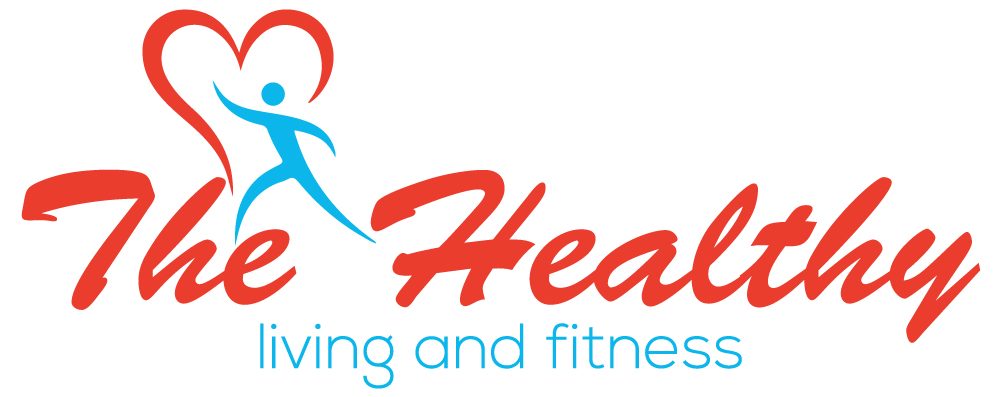There are lots of myths and superstitions surrounding stretching. Nobody really knows when to include them within a work out, how long to do them for and what specific stretches you should actually do. Every class you go to, every fitness DVD and every person in the gym will incorporate stretches into their workouts differently. Today, we’re going to tell you our spin on how you should be stretching.
Pre Workout
Dynamic stretches, or the ones that involve some kind of movement, take place at the start of a work out. This is typically called the ‘warm up’ during many workout routines. It combines movement with stretches in order to help you transition from resting to high impact activity. Dynamic stretches do this by activating and loosening the muscles that you will use within your workout as well as engaging many areas of the body at one time. For example, a lunge is a dynamic stretch which engages your hip, legs and core muscles as one.
Post Workout
Static stretches, or the ones where you stand still and do not move during the activity, should be done at the end of your work out. This is done in order to ease next day muscle soreness. Many people call this their ‘cool down’ as it is a low energy and highly relaxing experience. Static stretches help bring your body back towards a state of rest and recovery- whilst allowing you to relax and lengthen the muscles that you put under stress during your workout.
Better flexibility can improve your performance during physical activity and decrease your risk of injuries by helping your joints complete a full range of movement. Stretching also increases blood flow to the muscles, thereby helping you increase your range of flexibility and gain all of the above. Now you’re in the know, make sure to include some serious stretching into your next workout!
